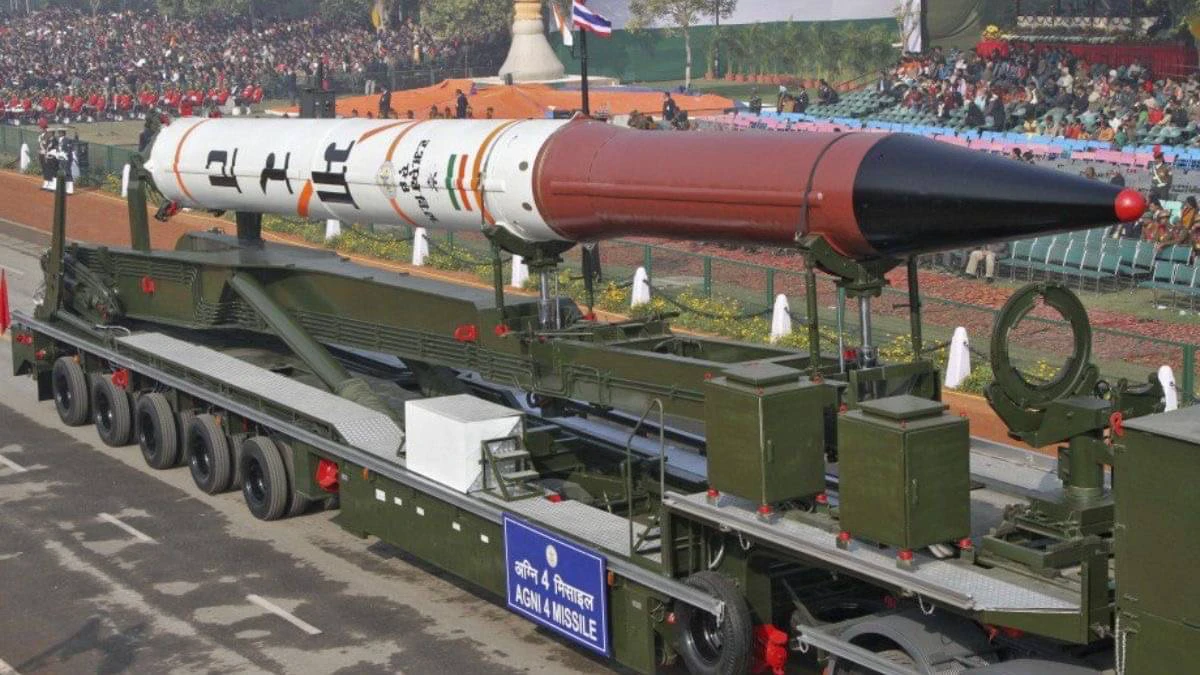India’s indigenously built missile era achieved a mega-milestone on November 15, 2011, on the backs of Agni-IV, a next-generation missile a 4,000 km stretch capability.
Today, marks 13 years since this nuclear-capable missile was test launched via a mobile launcher from complex-4 of ITR at Wheeler Island, 100 kilometres from Balasore, around 1145 hours.
What set this missile apart from others is the high-performance on-board with distributed avionics architecture, including an end-to-end digital control system that can guide the missile to its target.
“It is equipped with modern and compact avionics to provide high level of reliability,” as per. DRDO.
“The state-of-the-art Ring Laser Gyros based high accuracy INS (RINS) and Micro Navigation System (MINGS) complementing each other in redundant mode have been incorporated into the missile system in guidance mode,” the R&D agency of the Ministry of Defence.
This indigenous missile is considered lighter than most, however, it does boast of solid propulsion. The payload with a re-entry heat shield is capable of withstanding temperature of above 3,000 degree celsius.
Notably, Agni-IV marked the first woman led missile project in India. Dr. Tessy Thomas, an Indian aerospace engineer and ex-Director General of Aeronautical Systems was also the former Project Director for Agni-IV ballistic missile in Defence Research and Development Organisation (DRDO).
Check out flight tests and evaluation here-
The development of Agni-IV involved a series of rigorous test launches to validate its design and performance:
First test: Conducted on 15 November 2011 from Wheeler Island (now Dr. Abdul Kalam Island) off the Odisha coast. The test was successful, with the missile achieving its target range and demonstrating all mission objectives.
Second test: Carried out on 19 September 2012, reaffirming accuracy and stability.
Third test: On 20 January 2014, Agni-IV was successfully tested again, with telemetry and radar systems tracking its trajectory throughout the flight.
Subsequent tests: Repeated launches in December 2014, January 2017, and December 2018 further confirmed its operational reliability and readiness for induction into the Strategic Forces Command (SFC).
